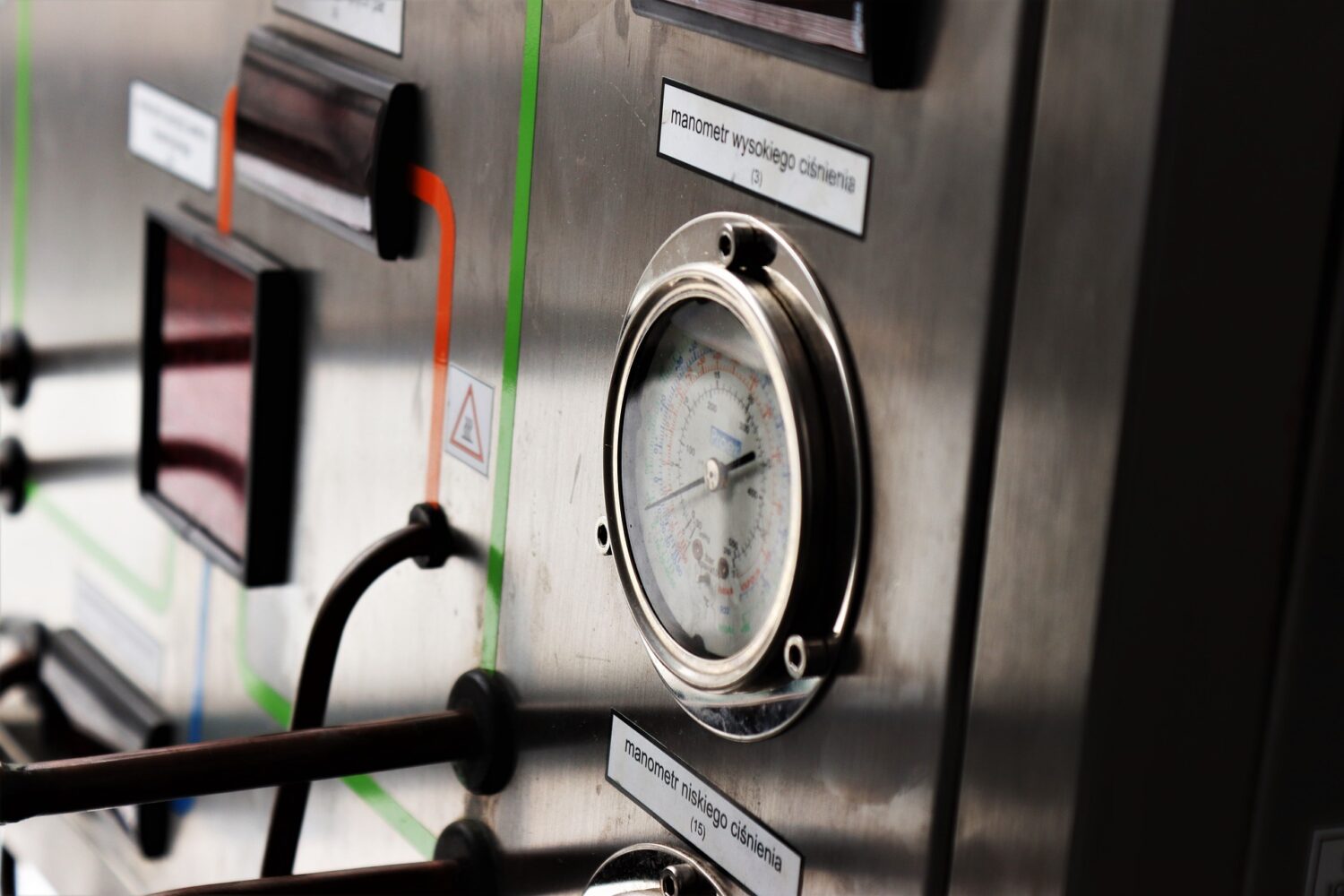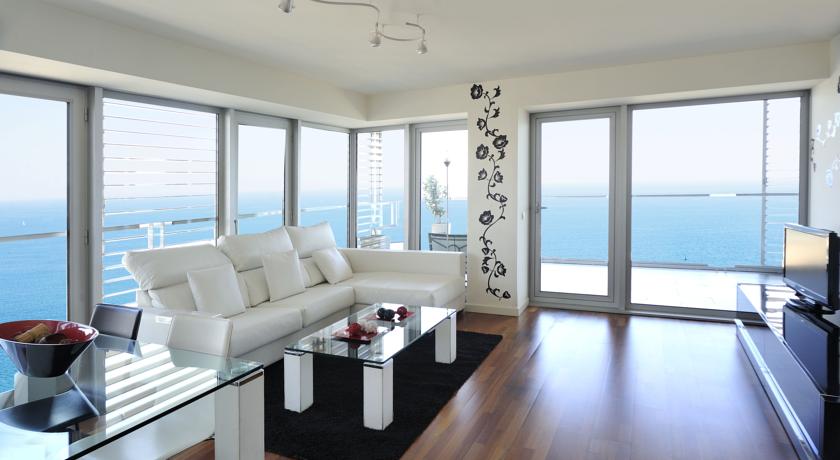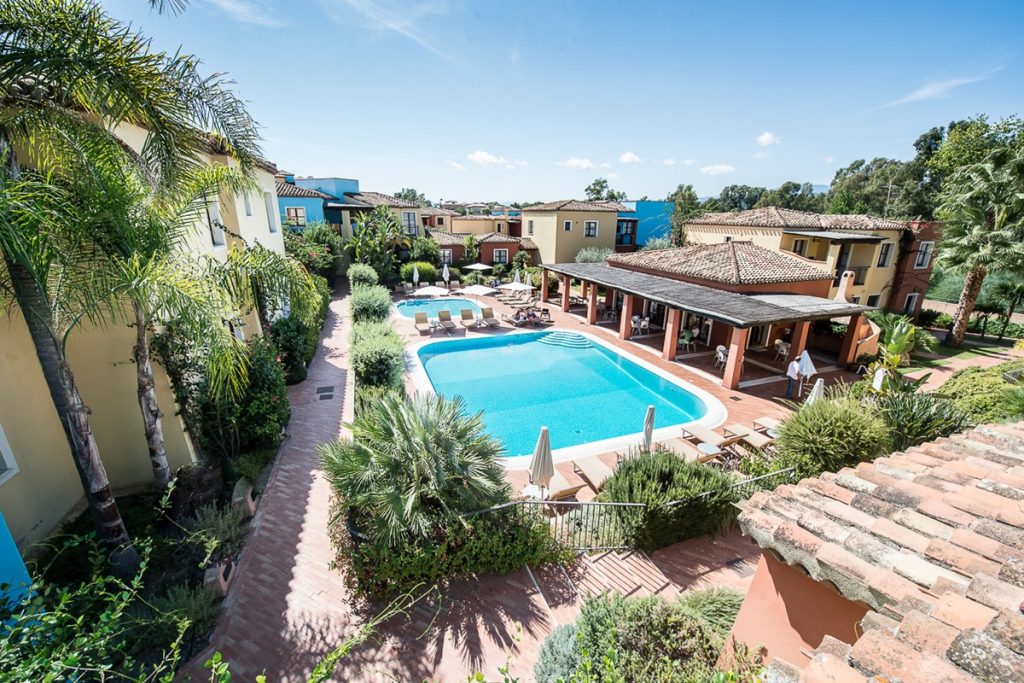Heat pumps are increasingly replacing heat sources from the Polish market. They are the only alternative to gas heating worth considering. They are emission-free, maintenance-free, fully automated, programmable and ever cheaper devices. They use renewable energy, thanks to which they perfectly fit into the global trends of moving away from coal in favor of ecological solutions. They perfectly complement other modern systems currently used in construction, such as recuperation, ground heat exchangers and photovoltaics. In this article, we will focus on the advantages and disadvantages of heat pumps, ignoring their design details.
What will we get by choosing such a heat source?
First of all, peace of mind. Choosing such a solution will allow us to forget about the necessity of “adding to the furnace” or even refilling the reservoir, known from the past. Heat pumps are equipped with advanced electronic controllers. They make it possible to program their work in such a way that often during the entire heating season there is no need to visit the boiler room. It is also possible thanks to sensors which analyze changes in air temperature on an ongoing basis, both outside and in heated rooms. On the basis of such data, the controller itself creates operational scenarios in advance, adapting to them on an ongoing basis. This means, for example, that if the outside temperature tends to rise, the controller will respond early enough to limit or switch off the heating to prevent overheating of the room.
Another advantage of heat pumps are their low operating costs. Of course, the condition for obtaining them is the appropriate pump selection for a specific building and its correct tuning. However, this will ensure professional assembly. Heat pumps are powered by electricity, but its consumption is very small in relation to the resulting heat energy. Simply put, the ratio of electrical energy consumed to thermal energy obtained is called pump efficiency. Heat pumpsfrom 1 kWh of electricity consumed, they allow to obtain even 3-4 kWh of thermal energy, so their efficiency can be 300-400%. The cost of heating a building with a heat pump may be even several times lower than the cost of heating it with a coal boiler.
They use renewable energy, i.e. one that should theoretically never end. They are completely not burdensome for the household members and the environment. They do not emit any pollution, smoke, loud sounds or odors. They do not generate waste like coal or wood burning boilers. These features and their high aesthetics make it possible to place them in almost any room in the house. They work all year round. They heat domestic water and do it cheaper than traditional electric heaters. Some pumps, in addition to heating rooms in winter, can also fulfill the opposite function and cool them down in hot weather.
Are there any disadvantages to heat pumps?
Like any device, this also has its drawbacks. Or the weaknesses, anyway. In Polish conditions, the most serious disadvantage of such a solution is still its price. It is worth noting, however, that the situation is improving and the prices of the pumps are falling as their popularity increases. This especially applies to the segment of air heat pumps. They are already available at prices similar to gas or eco-pea boilers. Significant in the context of the price of these devices is the possibility of obtaining funding for their purchase or tax deduction for costs incurred. The ratio of the purchase cost to the subsequent operating costs is also important. In the case of heat pumps, it is very advantageous.
Another disadvantage of heat pumps is the dependence on electricity supplies and increases in its prices. In the event of a power cut, the pump simply stops working. However, it should be mentioned that this applies equally to other modern energy sources equipped with electronic control. The short-term solution to this problem can be the use of a portable power generator. In the long term, the installation of a photovoltaic installation will be practically independent of us from interruptions in energy supplies and increases in its prices.
Considerable repair costs. In the event of a heat pump failure, there is a high probability that its compressor has failed. Replacing or repairing this item can generate a fairly high one-time cost. However, it is a component whose service life can be approximately predicted and you can prepare in advance for its replacement. During the first period of use of the pump, we are protected by its warranty.
So is it worth installing a heat pump in a new home?
Everyone has to answer this question individually, taking into account the advantages and disadvantages of such a solution, their own priorities and financial possibilities. It is definitely worth doing if you plan to install underfloor heating at home. The heat pump is a low-temperature heat source and is directly designed to supply the so-called podłogówki. If we plan to install recuperation (especially with a ground heat exchanger) and photovoltaics, these systems will complement each other very well in terms of functionality and cost.








